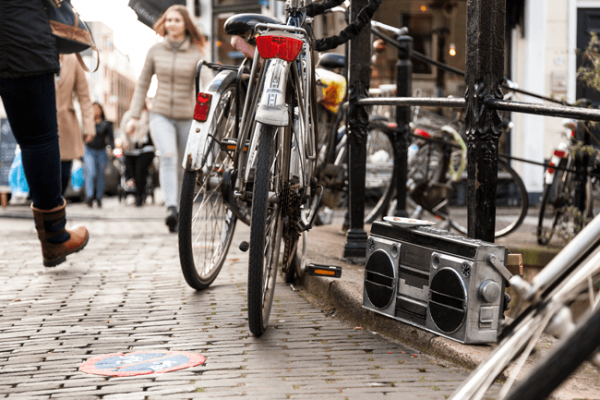Dries Verhoeven
Dries Verhoeven works at the intersection between performance and installation, seeking to complicate the relationship between viewers, performers, real-life situations and art. He often collaborates with members of marginalized groups and ‘outcasts’. Instead of conveying unambiguous statements about the lives of these people, he seeks to evoke feelings of unbalance and doubt in those who engage with his interventions.
In Songs for Thomas Piketty, we hear the singing and begging voice of a homeless Albanian man , whom Verhoeven met in front of a Supermarket in the Quantiusstraße, Bonn. . The man is not visible. His voice, played in an endless loop, comes from a tape recorder positioned at the entrance of the museum. The work refers to oral requests for money which are nowadays forbidden in many cities, including Bonn, where only silent forms of panhandling are allowed. Verhoeven examines the visibility of poverty in public space, and scrutinizes the feelings of discomfort we might have when confronted with those who are, or pretend to be, poor.
In Western Europe, where prosperity is still predominant, poverty is on the rise. The stronger EU economies have been invited to respond to requests for help and solidarity from the weaker economies of other member states. Homeless people, less fortunate people from the Balkans and former refugees populate cities in western Europe.
The economist Thomas Piketty has shown that the gulf between rich and poor will widen even more in the coming years.
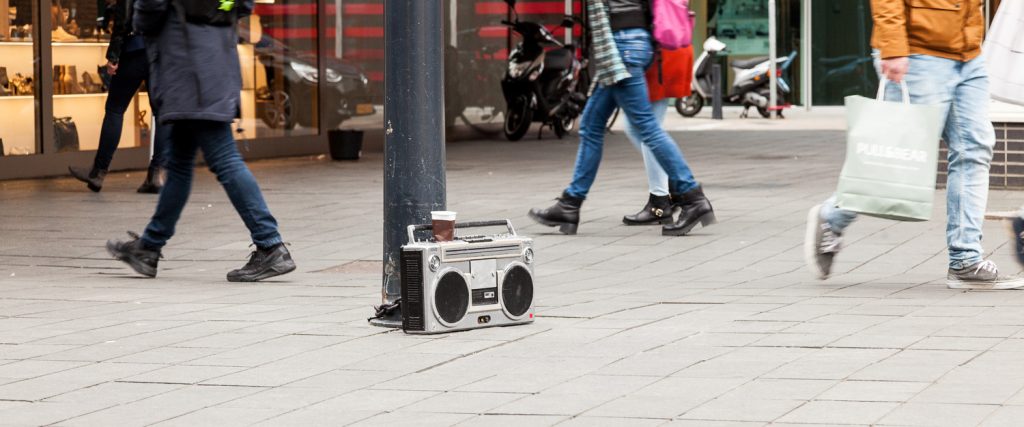
Installations, performances and
happenings in the public spaces of cities
Yet, at the same time, it seems as though measures are being taken to counteract this reality with the expanding development of spotlessly neat and tidy city centres. Subtle ways to drive the homeless and the poor out of city centers are being introduced. Public benches are designed in a way that lying down on them is not possible. Alcoves that used to provide shelter from the wind are being sealed off or fitted with metal pins. Actively asking for money in public spaces is being increasingly considered aggressive behavior (“agressives betteln”) and therefore been forbidden by city authorities. According to Verhoeven, such measures undermine the representational function of public space, those who install feelings of discomfort are been silenced.
The sound work Songs for Thomas Piketty seeks to make us reconsider, at least for a moment, the feeling of unease that comes over us when a person asks us for money on the streets. Verhoeven considers this act of begging for money a performance. After all, it is the beggar’s voice and their language – or their music and singing – that will determine whether the passer-by feels touched or whether they decline to give money, turning their back on them.
Why do we let ourselves be manipulated by corporations when they sell us their products, but we get suspicious when a man on the street wants to sell us his drama? Could we also honor that man for his performance, regardless of the credibility of his demand for help?
Miriam Barhoum
Dries Verhoeven often stages his works as happenings in museums, at festivals and in public spaces where the audience can experience them directly. He lives and works in Amsterdam and Berlin.
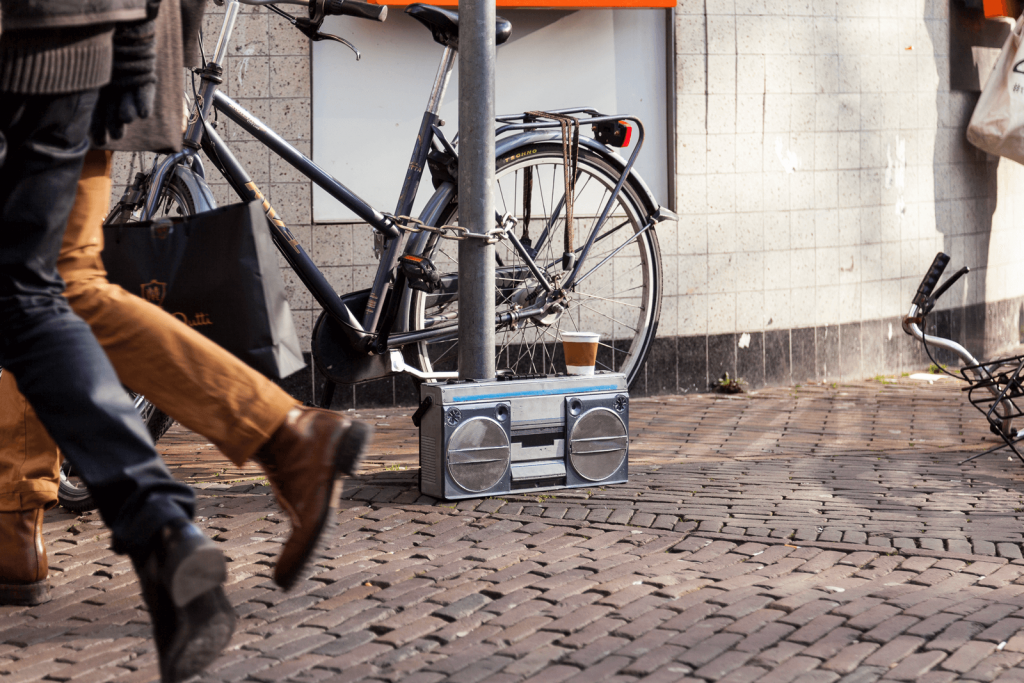
Dries Verhoeven, Songs for Thomas Piketty, 2016 Photo by © Willem Popelier 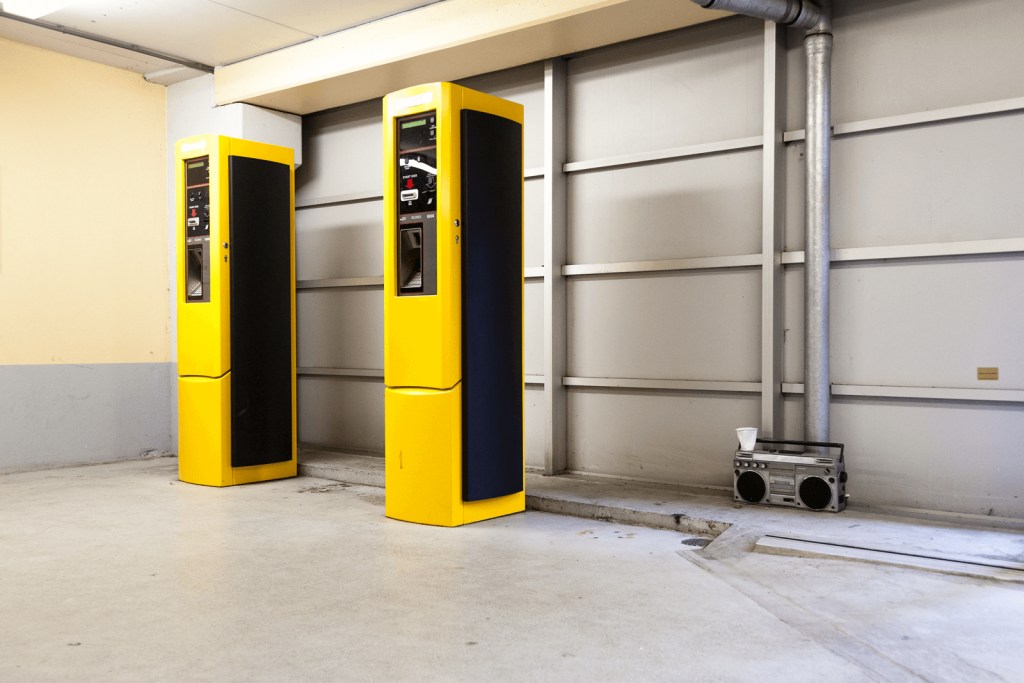
Dries Verhoeven, Songs for Thomas Piketty, 2016 Photo by © Willem Popelier 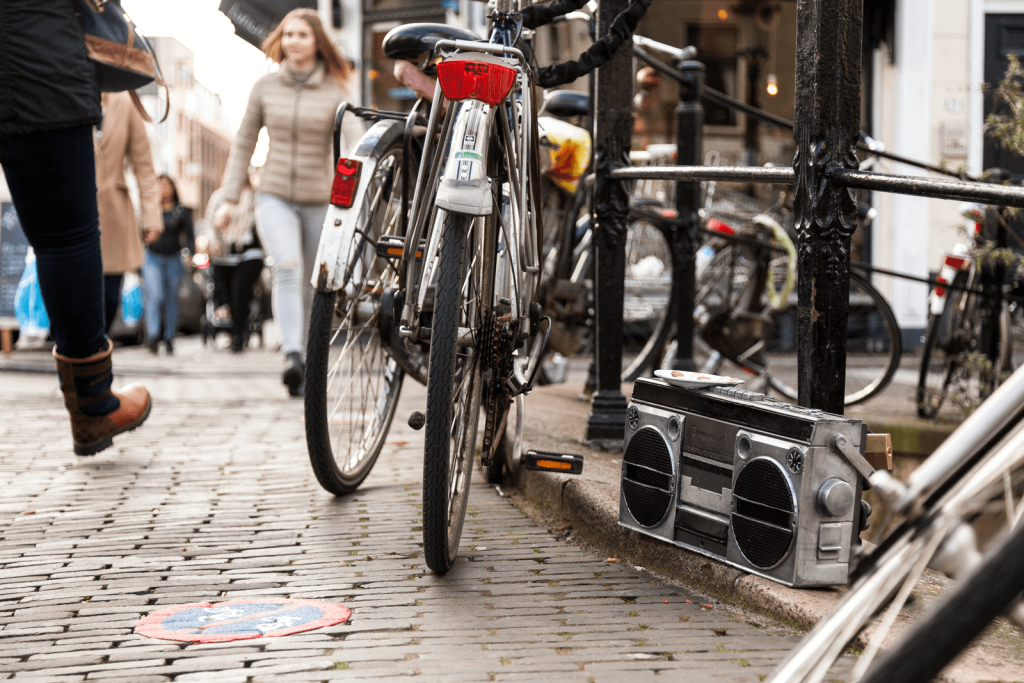
Dries Verhoeven, Songs for Thomas Piketty, 2016 Photo by © Willem Popelier

